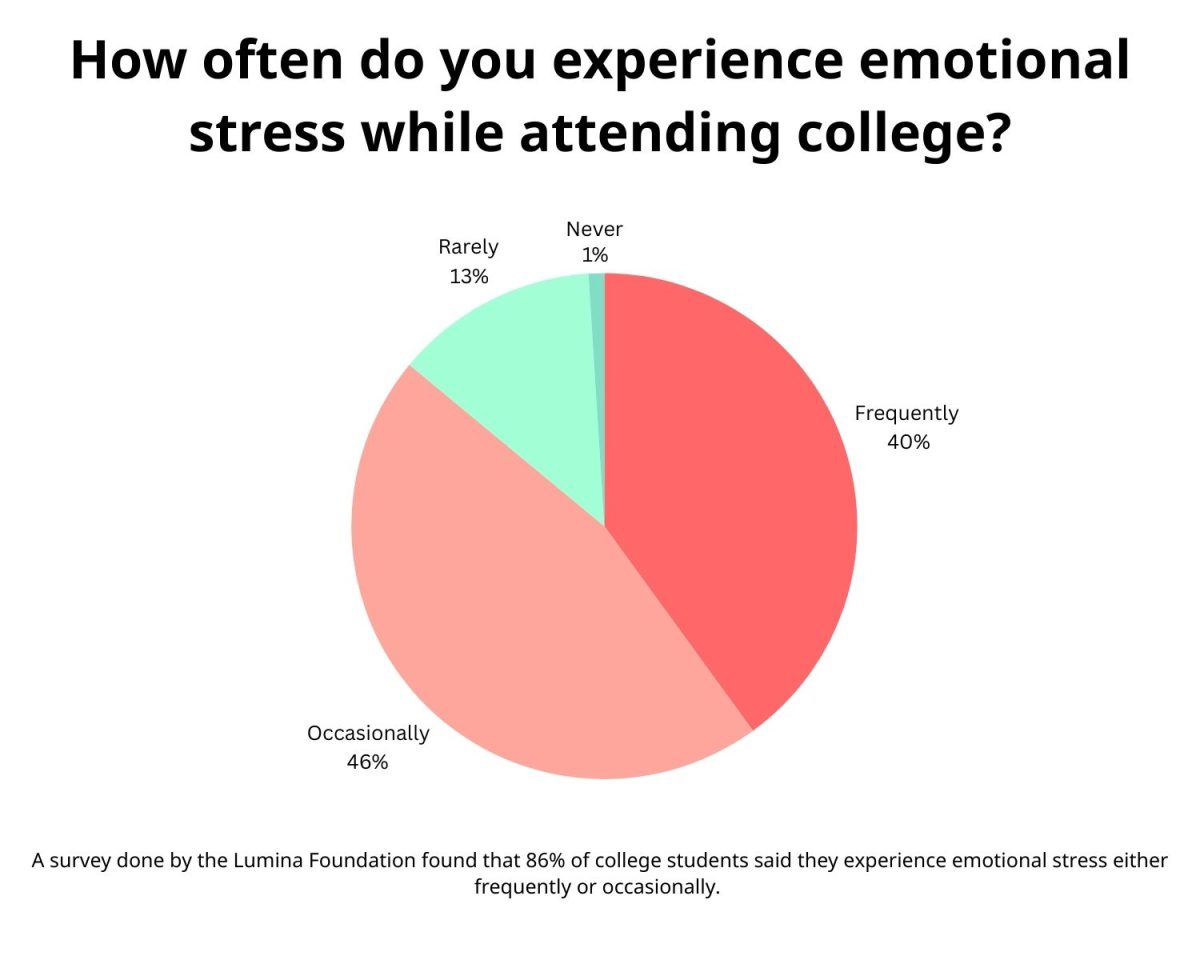Following the recent passing of Justice Ruth Bader Ginsburg of the U.S. Supreme Court, the stakes of the most divisive election in modern American history have significantly raised at the eleventh hour. The debate rages over judicial supremacy over the nine justices.
President Donald Trump and his Republicans want to push the nomination of Amy Coney Barrett to a Senate vote before the November elections, as doing so would give the Republicans a 6-3 supermajority and guarantee conservative control for decades. The Democrats, however, want to delay confirmation until after the presidential election in the hopes Joe Biden, not Donald Trump, will be allowed to make the selection of who will fill Ginsburg’s vacancy.
Both political parties are operating in their own best interest to increase their influence across all three branches of government, but the Supreme Court’s rulings were supposed to be free from the political allegiances of the bench’s justices. The rapid politicization of the Supreme Court is a threat to our governmental structure because the justices, who are charged with interpretation of the laws that govern our nation, find their loyalties shifting from the Constitution to the president who appointed them and the political party they represent.
When a Supreme Court justice position opens, the current president will utilize the power of his nomination to make an appointment which best suits the interest of his agenda. In 2010, President Barack Obama nominated Elena Kagan to the Supreme Court despite the fact Kagan never served as a judge before her appointment to serve as a justice to the Supreme Court.
According to Peter Baker and Jeff Zeleny of The New York Times, by nominating Kagan, Obama aimed to counter the right-leaning Chief Justice John G. Roberts and secure his Democratic base as he expanded governmental power, thus avoiding the future “obstacle” of a conservative Supreme Court.
The purpose of the Supreme Court has never been to serve as an opposition to the president or to rubber-stamp his agenda as many modern presidents have relegated its role to being. Rather, the Supreme Court uses the Constitution to ensure governmental officials are acting lawfully. However, the original purpose is lost since the loyalties of the justices are no longer to the Constitution as the supreme law of the land but instead are a mechanism for the president to justify his agenda.
It is no wonder why, as noted by Joseph Ellis of The Wall Street Journal, after the Brown v. Board of Education ruling, “we have watched the Supreme Court bend the law in two different directions, landing on one side or the other of the political spectrum based on what political party could command a 5-4 majority.” That of course can be attributed to the inherent corruption which stems from career politicians, the gradual encroachment of judicial oversight which creeps into every facet of government as the bench accumulates more power.
Agenda-based judicial oversight is a threat to the American governmental system, and judicial activism allows the Supreme Court to effectively legislate from the bench. On the basis of what political party is in power both among the Supreme Court and the other branches of government, the court is willing to base its opinion on how the court can help the party with whom the majority of justices agree.
Chip Mellor of the Institute for Justice cites the example of liberal judges’ rulings regarding expansion of economic and property regulation have resulted in the fortification of the welfare state. The Supreme Court exercising its right to decide what is constitutionally permissible allows liberal legislators to further encroach on individual rights and governmental restrictions to further their own political agendas. The decisions made by the Supreme Court allow the branches of government to work in tandem to increase its own power.
Mellor continues, “without judicially recognized constitutional constraints, perverse incentives lead inexorably to the expansion of government power and the yielding of individual rights.” The dangers of judicial activism, armed with partisan incentives to expand governmental power hurts American citizens in their abilities to exercise their freedoms guaranteed by the Constitution. Without inherent constitutional limitations placed on the Supreme Court, according to Mellor, “protection of economic and property rights is increasingly dependent on the self-restraint of government institutions — a commodity that is chronically in short supply.”
Political partisanism cannot be allowed to corrupt the Supreme Court as the judicial branch is charged with being the defender of the Constitution and, by extension, the rights it guarantees every American citizen. If politicians and jurists place their party’s aims over securing individual rights, the American ideals of liberty and rugged individualism are merely mirages which can be stripped away by the rapid expanse of big government backed by judicial oversight. May the justices refocus their true loyalty to defense of the Constitution, before the allure of absolute power irreversibly corrupts the bench.







